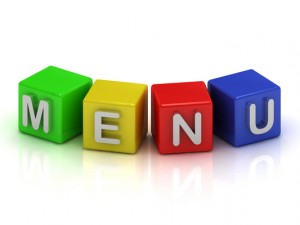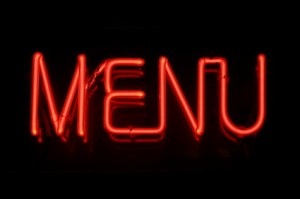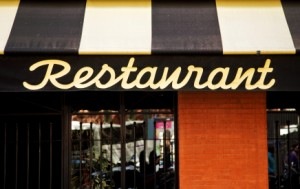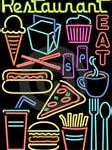 You can tell a lot from a restaurant’s menu – not just what you can get to eat, but some other things, too. It would be kind of weird to have spaghetti and meatballs on the cover of a pancake house restaurant – and it would be kind of gross to have grease stains and tomato sauce on a rumpled sheet of paper that lists the restaurant’s specials.
You can tell a lot from a restaurant’s menu – not just what you can get to eat, but some other things, too. It would be kind of weird to have spaghetti and meatballs on the cover of a pancake house restaurant – and it would be kind of gross to have grease stains and tomato sauce on a rumpled sheet of paper that lists the restaurant’s specials.
A Menu Is A Defacto Business Card
A menu acts as the restaurant’s business card and can quickly give you some ideas about its inner workings. A dirty menu might imply a dirty kitchen; a clean and neat menu creates a different impression. Even though the main purpose is to tell you what’s to eat, a secondary objective is to make you forget about money so you make your food and drink selections without thinking about the price.
The way the menu looks should be in sync with the restaurant’s concept and image — the décor, service, food quality, and price range — and give you an idea about what kind of eating experience is in store. A six or eight page plastic coated menu, the kind usually found in diners, doesn’t convey the same dining experience as the two page leather bound menu found in an upscale restaurant.
Tip:
A menu’s design should be in sync with the restaurant’s concept and image — the décor, service, food quality, and price range — and give you an idea about the overall dining experience you can expect.
Disorganized menus might mean a kitchen without a plan. A menu with a huge number of offerings (unless it’s a place like a diner with a big turnover) makes you wonder how fresh the food is – and how it’s being repackaged into different kinds of offerings. A dirty menu is like a dirty bathroom and should make you think about the cleanliness of the kitchen and the people working in it!
What are your thoughts?
Do you eat out? This is the third article in a series of consecutive posts about decoding restaurant menus. Keep checking back for more information that might help you with your restaurant choices.


